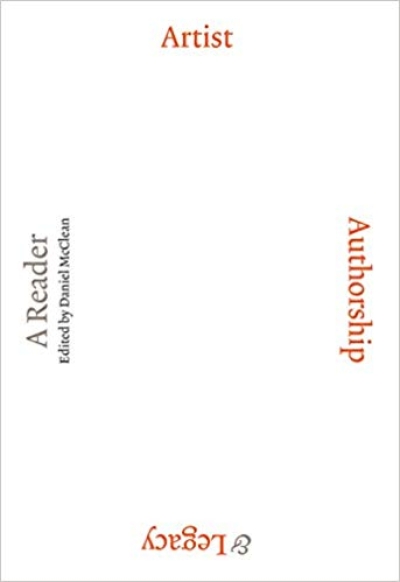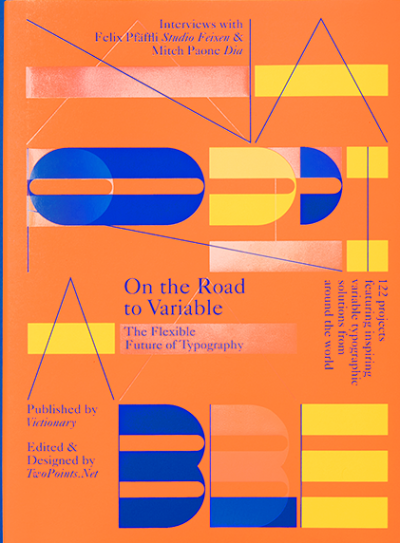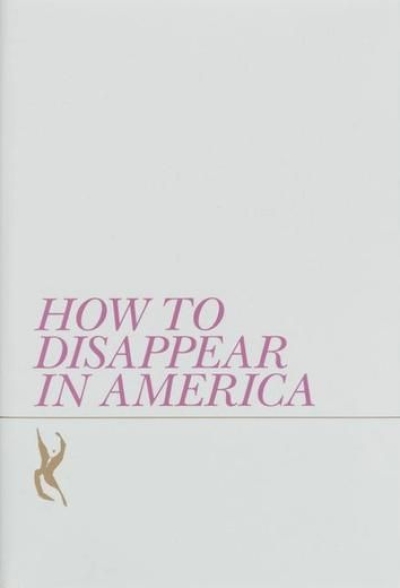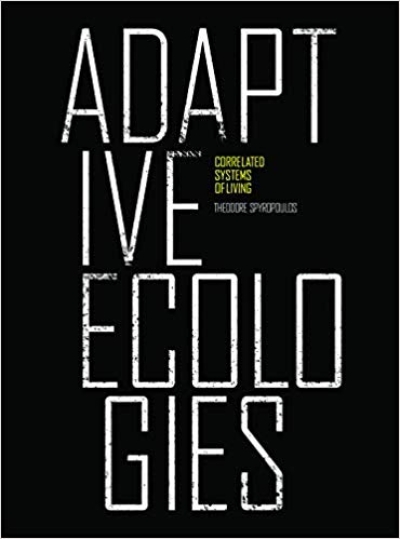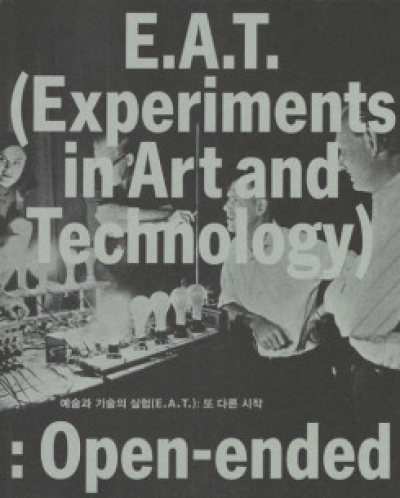
Ökologie des Geistes. Anthropologische, psychologische, biologische und epistemologische Perspektiven
"This collection amounts to a retrospective exhibition of a working life. . . . Bateson has come to this position during a career that carried him not only into anthropology, for which he was first trained, but into psychiatry, genetics, and communication theory. . . . He . . . examines the nature of the mind, seeing it not as a nebulous something, somehow lodged somewhere in the body of each man, but as a network of interactions relating the individual with his society and his species and with the universe at large." - D. W. Harding, New York Review of Book
Eine Sammlung von verschiedenen Schriften:
Metalog: Warum kommen Sachen durcheinander ? (Seite 32 - 38)
Metalog: Warum fuchteln die Franzosen ? (Seite 39 - 44) (1951) Metalog: Über Spiele und Ernst (Seite 45 - 52) Metalog: Wieviel weisst Du ? (Seite 53 - 59) (1953)
Metalog: Warum haben Dinge Konturen ? (Seite 60 - 66) Metalog: Warum ein Schwan ? (Seite 67 - 72) (1954)
Metalog: Was ist ein Instinkt ? (Seite 73 - 96) Kulturberührung und Schismogenese (Seite 99 - 114)
Spekulationen über ethnologisches Beobachtungsmaterial (Seite 114 - 132) Moral und Nationalcharakter (Seite 133 - 155) Bali: Das Wertsystem in einem Zustand des Fliessgleichgewichts (Seite 156 - 181) Stil, Grazie und Information in der primitiven Kunst (Seite 182) Eine Theorie des Spiels und der Phantasie (Seite 241 - 261) Epidemologie einer Schizophrenie (Seite 262 - 269) Vorstudien zu einer Theorie der Schizophrenie (Seite 270 - 301) (Gregory Bateson, J. Haley, Don D. Jackson, John H. Weakland ) (1956)
Die Gruppendynamik der Schizophrenie (Seite 302 - 320) (1960) Minimalforderungen für eine Theorie der Schizophrenie (Seite 321 - 352) (1959) Double bind (Seite 353 - 361) (1969) Die logischen Kategorien von Lernen und Kommunikation (Seite 362 - 399) (1971)Die Kybernetik des "Selbst": - Eine Theorie des Alkoholismus (Seite 400 - 435) Über Hirnlosigkeit bei Biologen und Erziehungsministerien (Seite 441 - 444) (1970) Die Rolle der somatischen Veränderung in der Evolution (Seite 445 - 467) Probleme in der Kommunikation von Delphinen und anderen Säugetieren (Seite 468 - 485) Eine Überprüfung von "Batesons Regel" (Seite 486)
Kybernetische Erklärung (Seite 515 - 529) (1967) Redundanz und Codierung (Seite 530 - 548) Bewusste Zwecksetzung versus Natur (Seite 549 - 565) (1968) Krankheiten der Erkenntnistheorie (Seite 614 - 626) (1969)
“Der Computer, der auf ein Paradoxon stößt (das sich einer falschen Programmierung verdankt), löst sich nicht ins Nichts auf. [...] Der Computer stößt niemals wirklich auf eine logische Paradoxie, sondern nur auf die Simulation einer Paradoxie in Ketten von Ursache und Wirkung. Der Computer vergeht daher nicht. Er oszilliert nur.” (S. 364)











